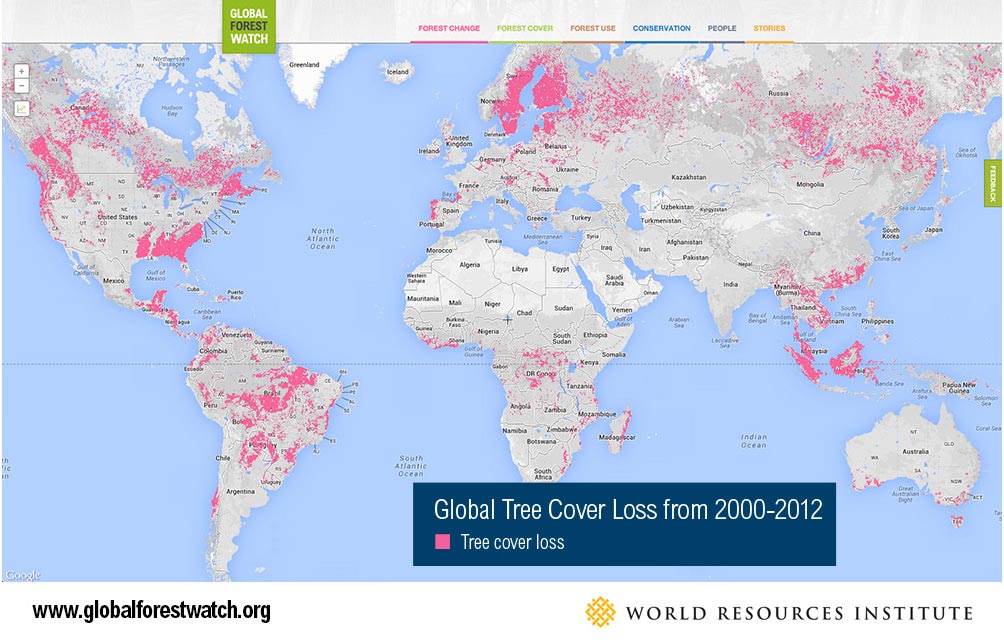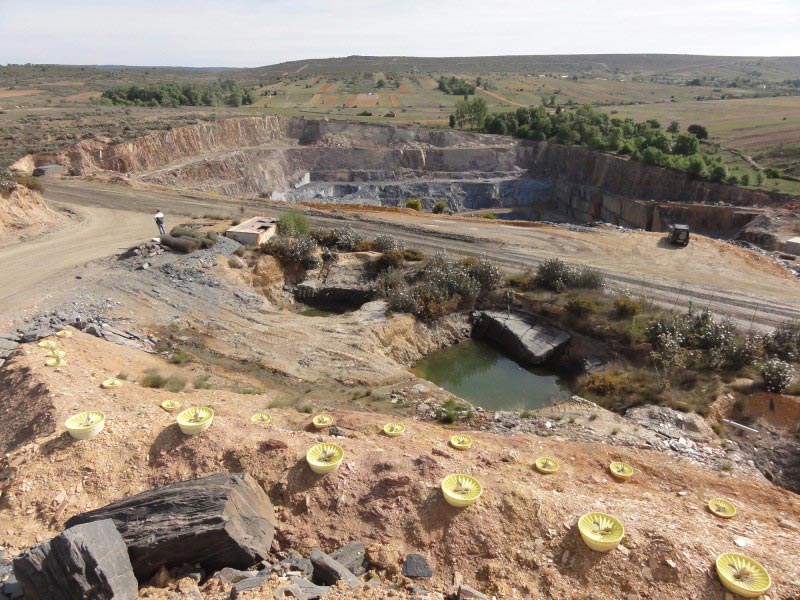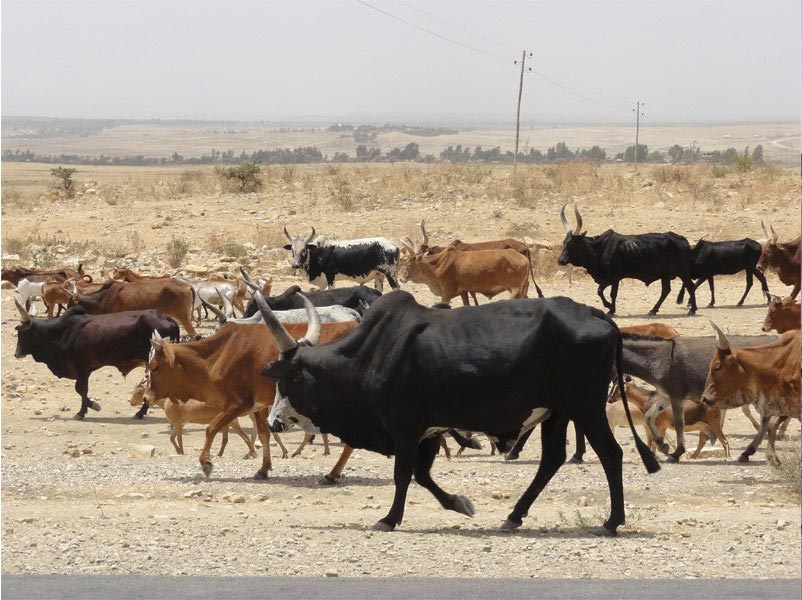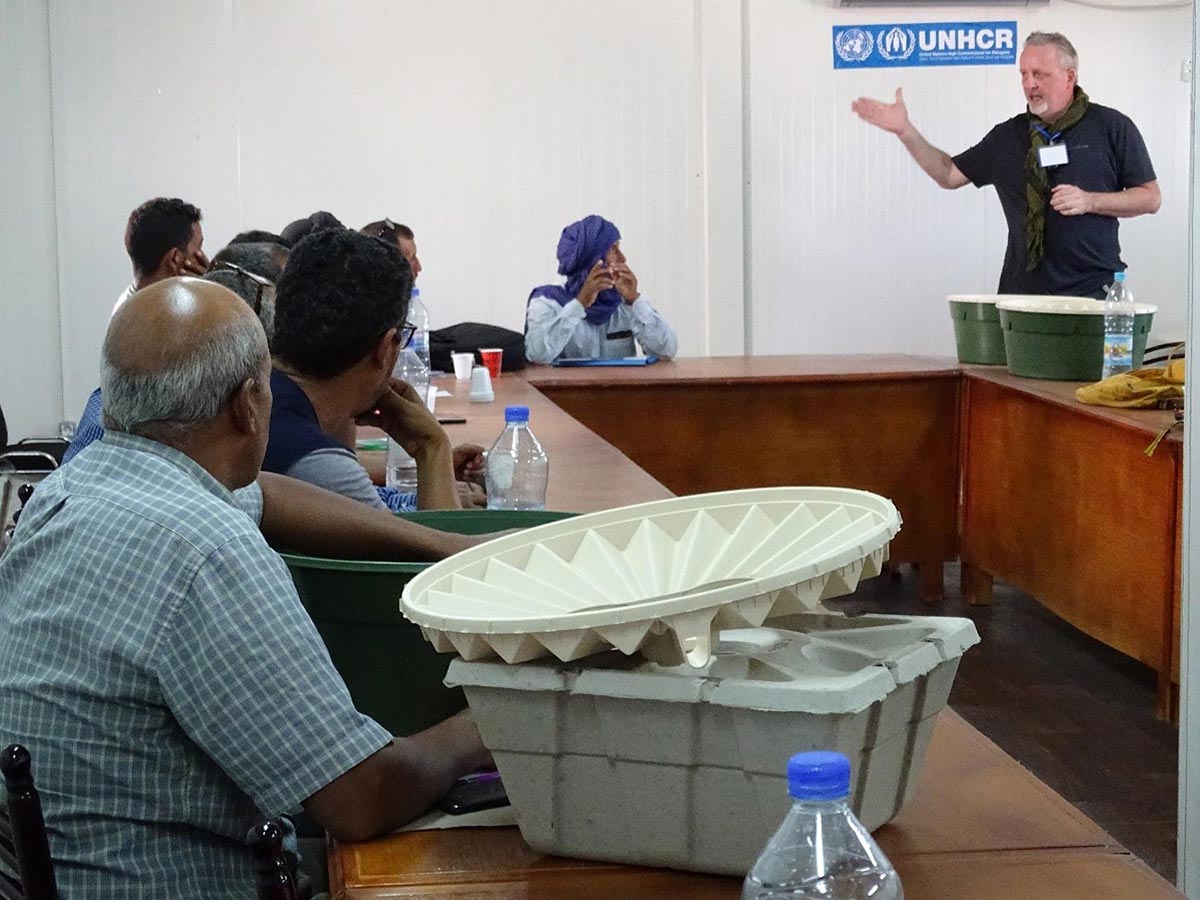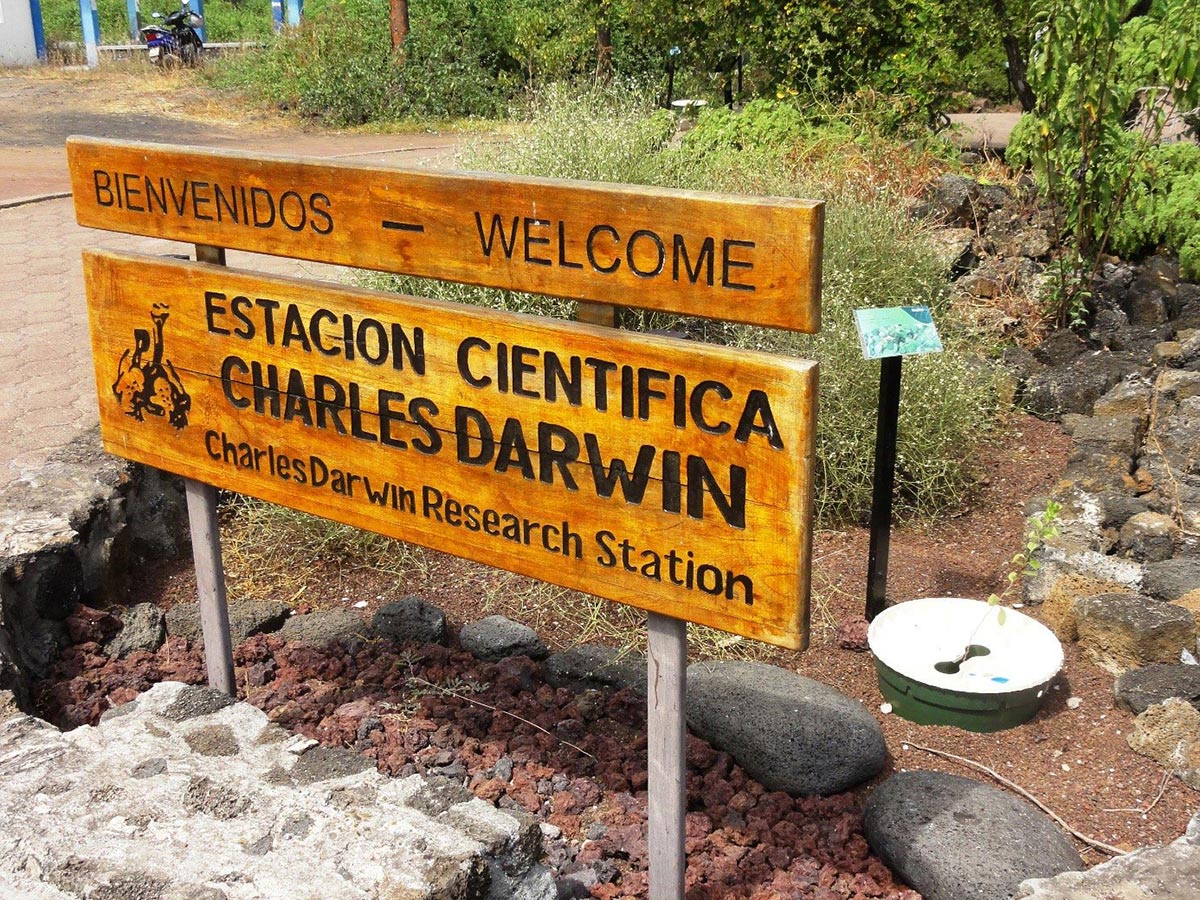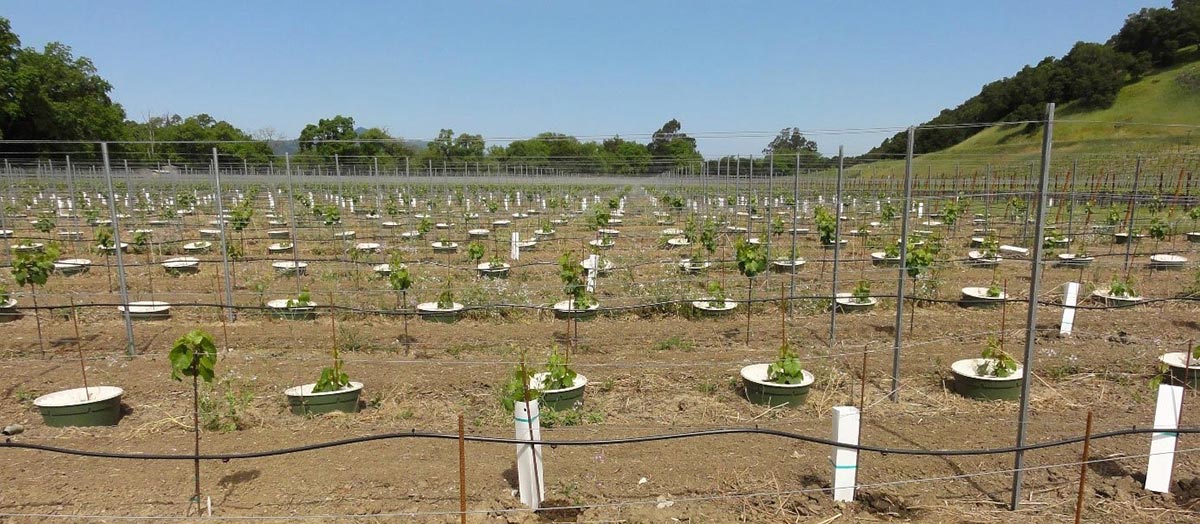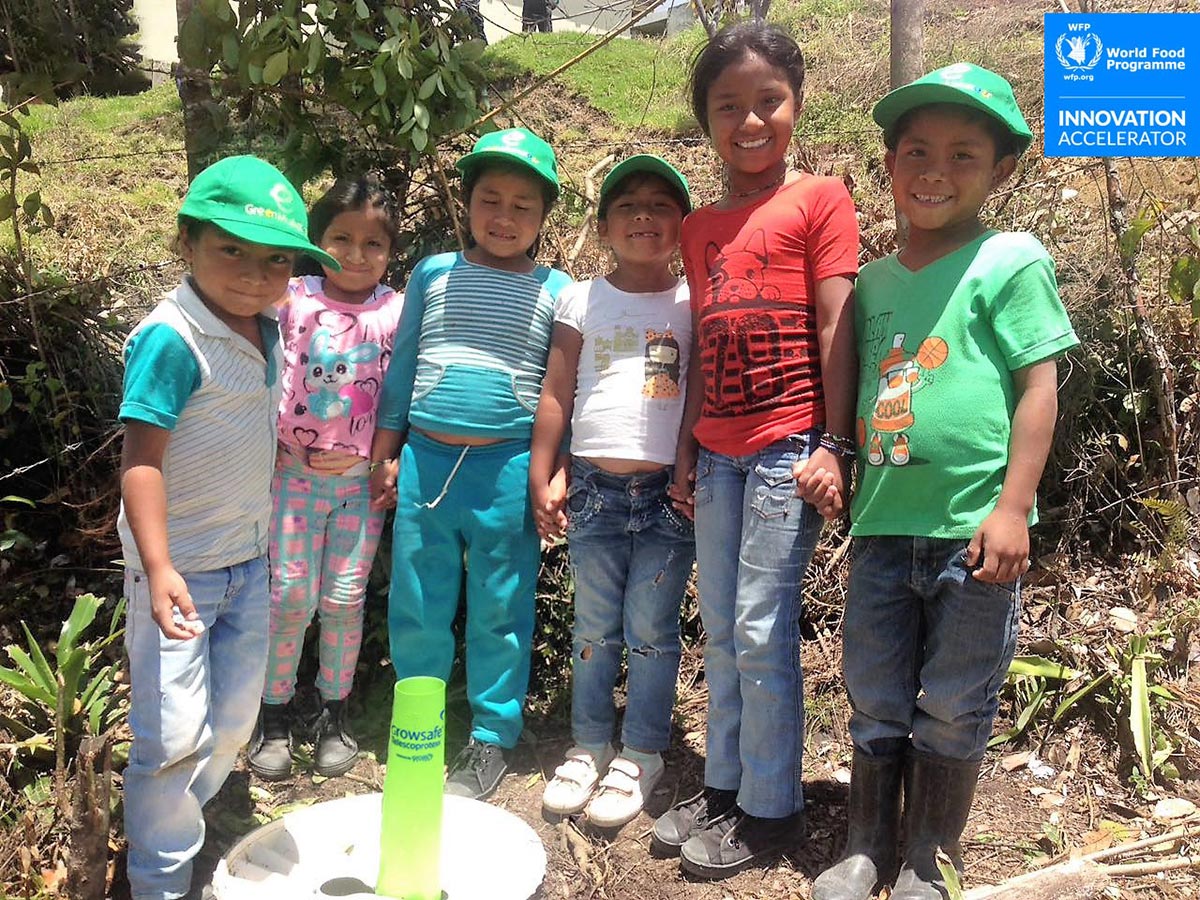Welcome to One Trillion Trees.org
The One Trillion Trees Initiative of the World Economic Forum is a great step towards preventing climate change. Trees are the best way to reduce the CO₂ concentration in the atmosphere. They are affordable, scalable, and there’s loads of additional benefits that are gained by planting trees. We can prevent climate change if we really manage to plant One Trillion Trees – and at the same time address many of the other UN Sustainable Development Goals.
Groasis published its mission The Treesolution - in which it pleaded to plant One Trillion Trees - in 2008.
Since then the company has been developing the tools to make this possible.
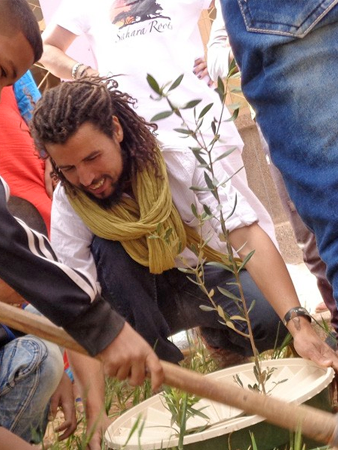
Trees are the best way to reduce the CO₂ concentration in the atmosphere. They are affordable, scalable, and there’s loads of additional benefits that are gained by planting trees.
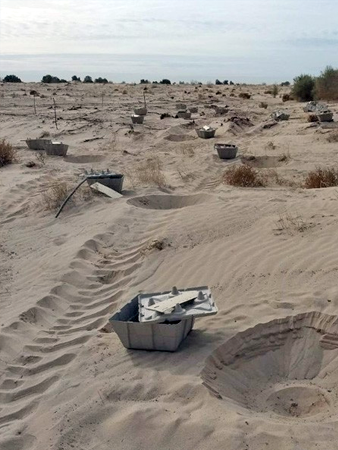
According to the UN in 2025 48 countries will suffer from severe water scarcity. How can we ensure that the trees survive?
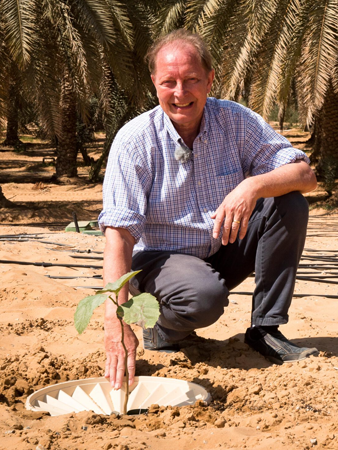
Groasis has developed 6 high-tech solutions to plan, execute, monitor and improve anti-desertification agroforestry and reforestation plantations so they are low-cost, scalable, and successful.
